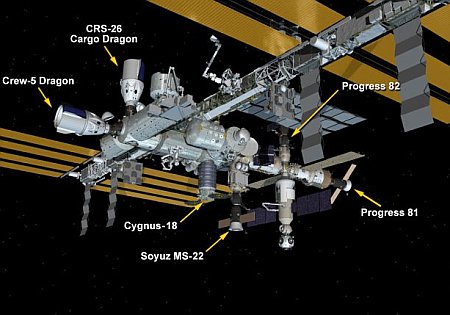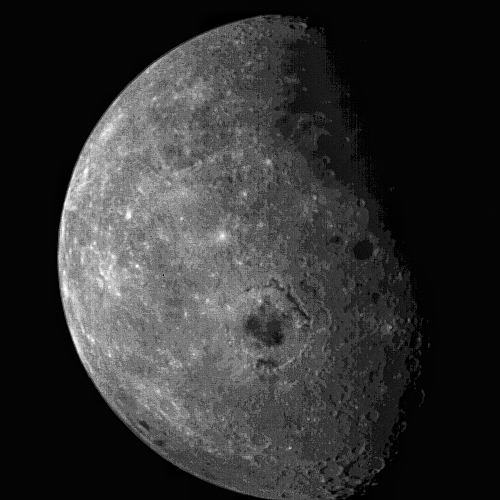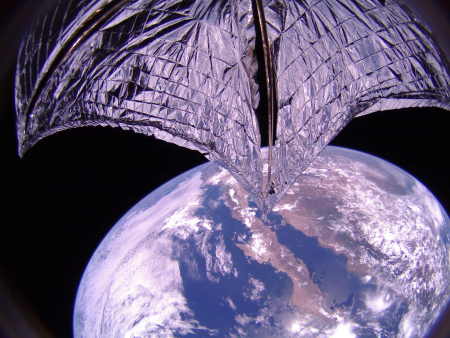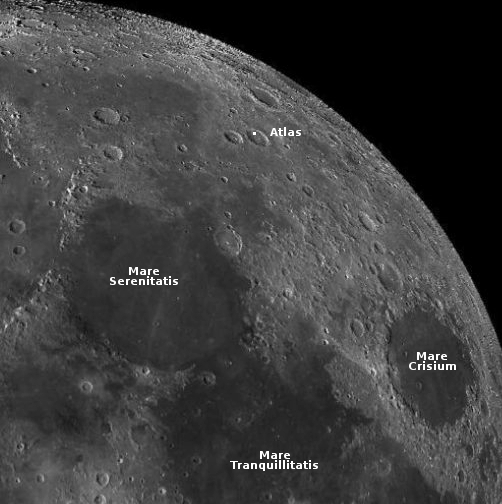China launches military satellites using Long March 2D rocket
China yesterday used its Long March 2D rocket to put, according to Space Force data, three military satellites into orbit, even though China’s state run press says only one satellite was launched.
The Chinese space industry (opens in new tab) and media reports (opens in new tab)suggest that the launch carried a single Yaogan 36 remote sensing satellite. However space tracking by the U.S. Space Force’s 18th Space Defense Squadron, which focuses on space domain awareness, registered three payloads in orbit in roughly 300-mile-altitude (500 km) orbits.
China’s previous two launches involving Yaogan 36 satellites also saw satellite triplets sent into orbit, meaning Sunday’s launch was a third group of three Yaogan 36 satellites.
China typically describes Yaogan satellites as being designed for uses including gathering scientific data, conducting land surveys and monitoring agriculture. However, the secrecy surrounding the satellites leads analysts outside of China to believe that the satellites also have military capabilities and stakeholders.
The leaders in the 2022 launch race:
54 SpaceX
54 China
20 Russia
9 Rocket Lab
8 ULA
The U.S. still leads China 78 to 54 in the national rankings, while trailing the entire world combined 84 to 78.
China yesterday used its Long March 2D rocket to put, according to Space Force data, three military satellites into orbit, even though China’s state run press says only one satellite was launched.
The Chinese space industry (opens in new tab) and media reports (opens in new tab)suggest that the launch carried a single Yaogan 36 remote sensing satellite. However space tracking by the U.S. Space Force’s 18th Space Defense Squadron, which focuses on space domain awareness, registered three payloads in orbit in roughly 300-mile-altitude (500 km) orbits.
China’s previous two launches involving Yaogan 36 satellites also saw satellite triplets sent into orbit, meaning Sunday’s launch was a third group of three Yaogan 36 satellites.
China typically describes Yaogan satellites as being designed for uses including gathering scientific data, conducting land surveys and monitoring agriculture. However, the secrecy surrounding the satellites leads analysts outside of China to believe that the satellites also have military capabilities and stakeholders.
The leaders in the 2022 launch race:
54 SpaceX
54 China
20 Russia
9 Rocket Lab
8 ULA
The U.S. still leads China 78 to 54 in the national rankings, while trailing the entire world combined 84 to 78.




